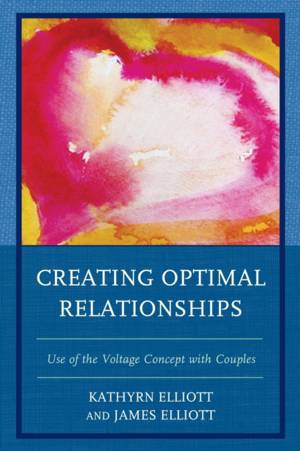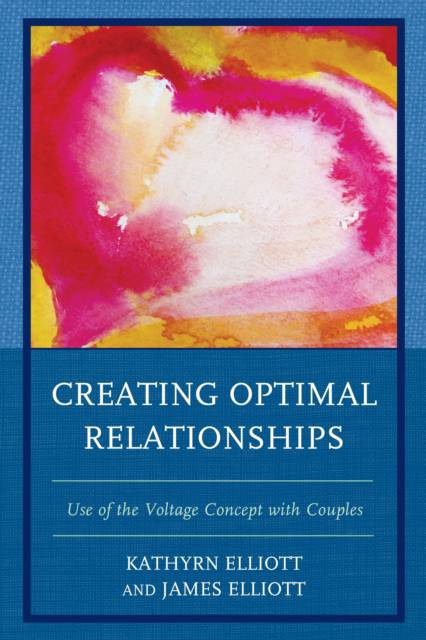
Je cadeautjes zeker op tijd in huis hebben voor de feestdagen? Kom langs in onze winkels en vind het perfecte geschenk!
- Afhalen na 1 uur in een winkel met voorraad
- Gratis thuislevering in België vanaf € 30
- Ruim aanbod met 7 miljoen producten
Je cadeautjes zeker op tijd in huis hebben voor de feestdagen? Kom langs in onze winkels en vind het perfecte geschenk!
- Afhalen na 1 uur in een winkel met voorraad
- Gratis thuislevering in België vanaf € 30
- Ruim aanbod met 7 miljoen producten
Zoeken
Creating Optimal Relationships
Use of the Voltage Concept with Couples
Kathryn Elliott, James Elliott
Hardcover | Engels
€ 177,45
+ 354 punten
Omschrijving
Creating Optimal Relationships: Use of the Voltage Concept with Couples offers the field of marriage and family therapy a breakthrough model for equipping therapists to help couples achieve intense, depth relationships for bliss across the lifespan of a couple's relationship. The book provides clear, step-by-step strategies for providing in-session treatments that are practical and ultimately doable by couples even after the therapeutic relationship terminates.
Specificaties
Betrokkenen
- Auteur(s):
- Uitgeverij:
Inhoud
- Aantal bladzijden:
- 230
- Taal:
- Engels
Eigenschappen
- Productcode (EAN):
- 9781442238107
- Verschijningsdatum:
- 30/10/2015
- Uitvoering:
- Hardcover
- Formaat:
- Genaaid
- Afmetingen:
- 157 mm x 231 mm
- Gewicht:
- 589 g

Alleen bij Standaard Boekhandel
+ 354 punten op je klantenkaart van Standaard Boekhandel
Beoordelingen
We publiceren alleen reviews die voldoen aan de voorwaarden voor reviews. Bekijk onze voorwaarden voor reviews.









